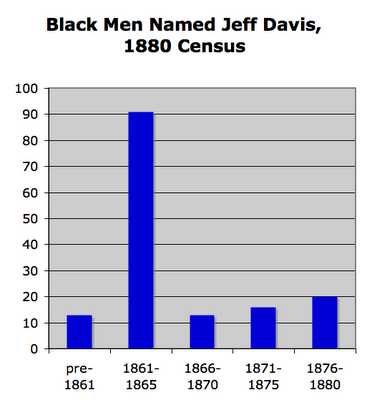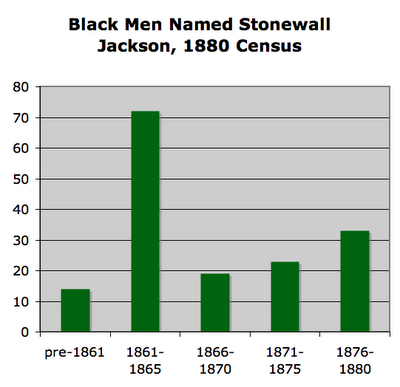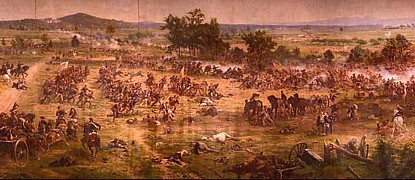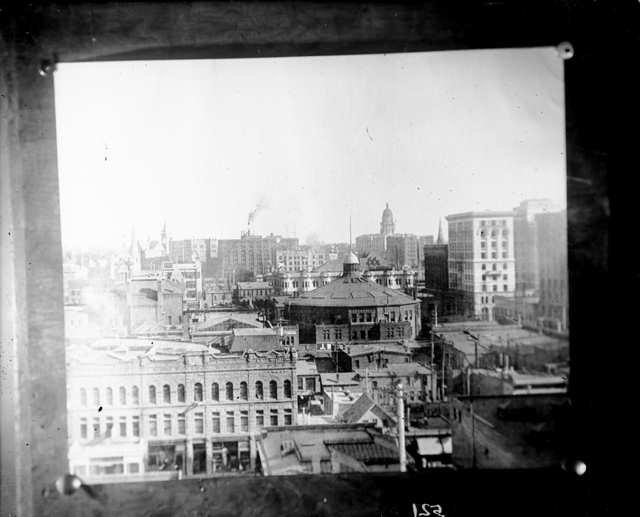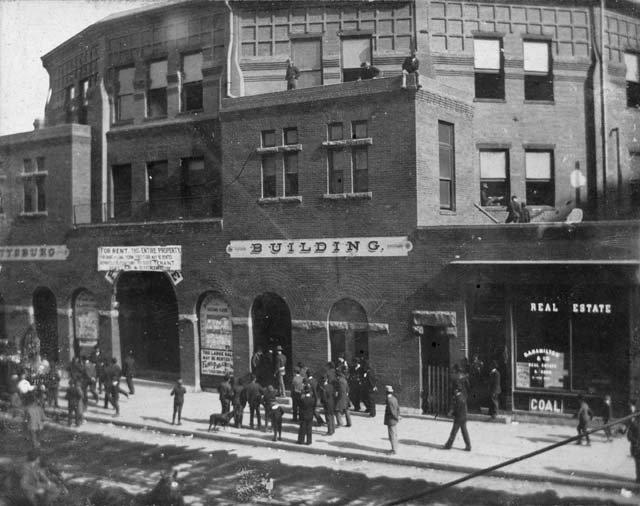Though historians have pretty much closed the door on the Civil War being a “total” war, there are some new books that have exposed some of the more brutal and “savage” aspects of the war. Daniel E. Sutherland’s A Savage Conflict: The Decisive Role of Guerrillas in the American Civil War (Civil War America) and George S. Burkhardt’s Confederate Rage, Yankee Wrath: No Quarter in the Civil War, are both nice contributions to Civil War scholarship.
Total War has been replaced by “hard war” thanks to Mark Grimsley’s excellent book, The Hard Hand of War: Union Military Policy Toward Southern Civilians, 1861-1865 (Cambridge University Press, 1995), and though I have argued that the American Civil War was as “total” a war as it could have been, most historians would not accept my analogy. I argued that the “By and large there were no ethnic or racial elements that motivated either side to kill civilians on any kind of significant scale. There were no ideological battles of annihilation. The Civil War could never have escalated to that.” (citation).
Now comes George S. Burkhardt’s book that argues, essentially, that there was a total war within the war, and one that was savage and brutal and was fueled by race, ideology, and hatred.
Burkhardt, in his Confederate Rage, Yankee Wrath: No Quarter in the Civil War, argues that, Lincoln’s “emancipation” proclamation and the “enlistment of black soldiers…created the conditions that prompted Confederate atrocities against black civilians and soldiers, the resulting hard war set the stage for Southerners to refuse quarter or mercy to white Federal troops.” (p.2).
Though he apparently doesn’t know it, Burkhardt is arguing that a total war took place within the Civil War, and one where combatants and civilians both suffered indiscriminately. Not only does he make this case, he makes it fairly convincingly. According to Burkhardt, both sides not only pillaged and burnt homes, killed civilians, but they also committed countless war crimes by executing surrendered troops and killing the wounded. Many of these crimes went undocumented and could only be found via the letters and correspondences from those involved as well as civilian eye witness reports.
The aftermath of such fights as Milliken’s Bend, Olustee, Brice’s Cross Roads, as well as other well known battles: Pillow, Petersburg, Mobile, ect., saw Confederate and Federal troops hunted down, murdered, and sometimes tortured captives and not all of them apparent combatants. The most vengeful fighting took place when black soldiers were involved, and white officers sometimes paid the price with them. The vivid details of surrendered black soldiers and their white officers marched off the battlefield and executed, sometimes hanged, are at times shocking. By employing black soldiers and offering emancipation, Burkhardt argues, Lincoln and the Union guaranteed a brutal and bloody affair those last 24 months of the war.
Though Burkhardt’s book is well researched and finely written, I’m not sure ultimately that his thesis is proven completely. Before the Emancipation Proclamation, there were already signs that the war would become more personal and bloodied. In 1862 Arkansas, reports of Bushwhackers and Texas Rangers capturing straggling Federal troops and executing them was not unheard of. This in turn led to Federal reprisals.
Overall, Confederate Rage, Yankee Wrath: No Quarter in the Civil is an excellent book and I highly recommend it!
